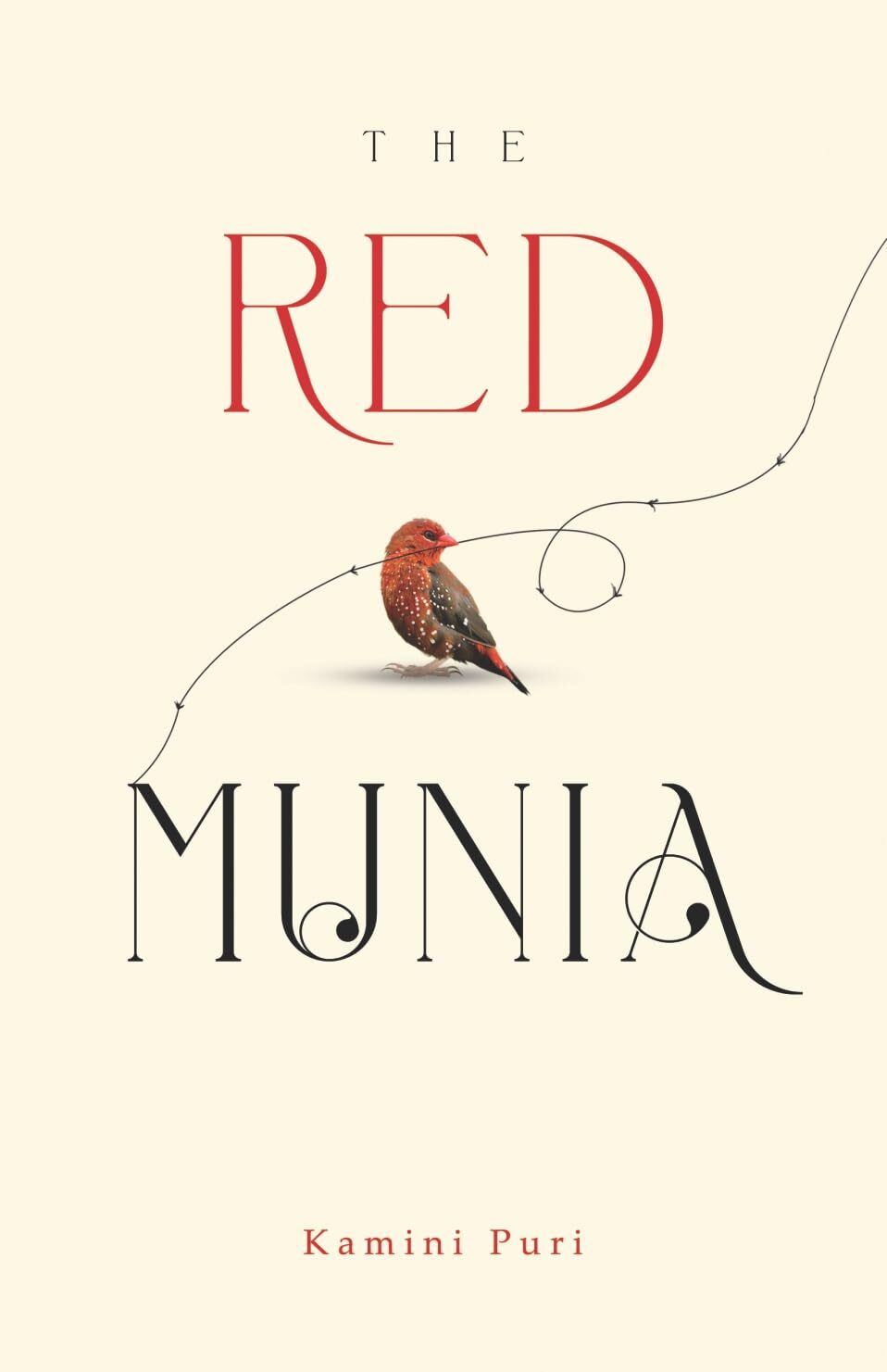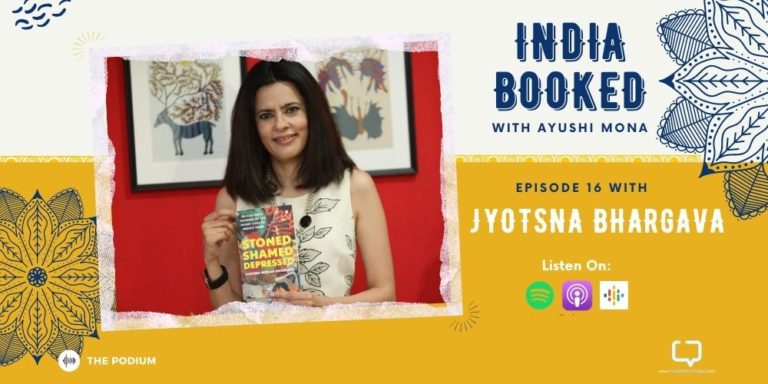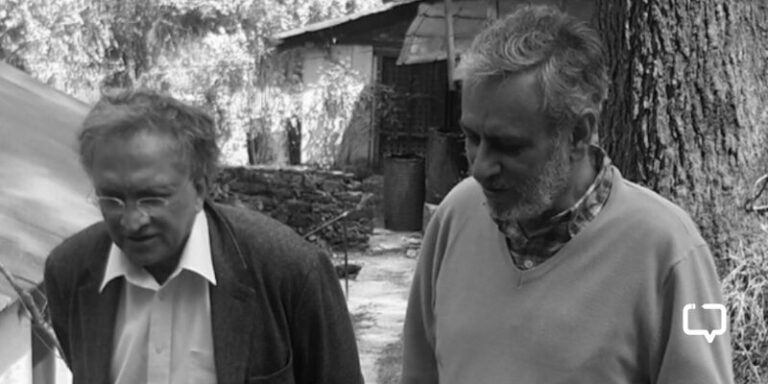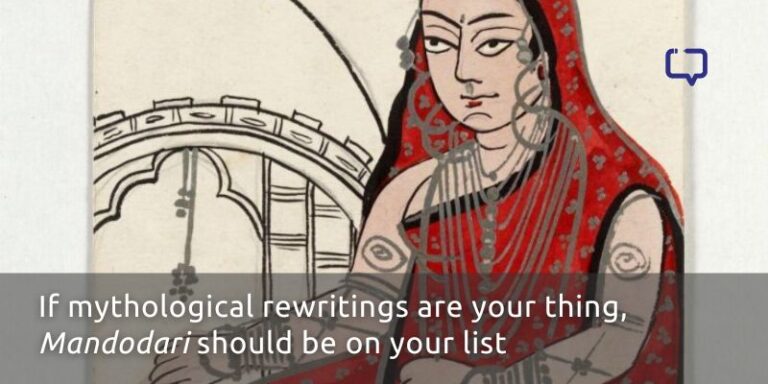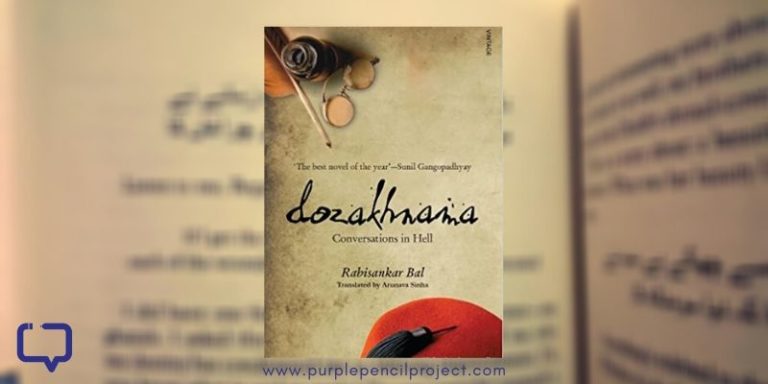Neha Kirpal reviews The Red Munia by Kamini Puri (published by StoryMirror, 2024).
The Red Munia is the debut book of New Delhi-based author Kamini Puri. The book’s title refers to a deep red bird found in parts of India, which is sadly caged for its beauty—much like India, which ironically remained for over two centuries “caged for its beauty, its abundance and its treasures,” explains the author in the book’s Prologue.
Set mostly in pre-and early independence India, it is the story of Laila, who lives in Kapurthala in Punjab with her parents, sister and grandmother. Unlike many others who suffered during the painful years of British rule, Laila enjoys a luxurious childhood in her sprawling haveli and convent school run by Catholic nuns, where climbing trees, horse riding, royal picnics and lavish parties fill her days. However, Laila’s father is an intensely anti-British Indian who is passionate about restoring India’s dignity. She inherits this pride from him as well as the desire to fight for her country’s honour.
As she grows older, Laila finds solace in books. When she is eighteen years old, she leaves home for Bombay, where she follows her dream of studying journalism and writing for a newspaper. One of her most promising assignments turns out to be that of interviewing then-Prime Minister Jawaharlal Nehru. Laila soon decides to take permission to go to London to meet the Queen to whom she proposes an apology to India on behalf of the British. In London, she comes across a charming Jai and finds herself falling madly in love with him.
Strong Sense of Place
Puri distinctly elucidates the small-town life of Kapurthala, particularly its colonial club, “the hub of local society”, where Laila’s father plays a game of cards with his friends.
The club, an institution that is symbolic of a gathering of more than two Englishmen, is forever agog with activity. Here too, in the cool of the afternoon, the British of the cantonment gather to play tennis on their well-kept grass courts, or slip into white flannels for a cricket match. At the sacred hour of sundown, they sit out on the cool lawns or on its rambling verandahs. White-robed waiters glide past with their ‘sundowners’, the first whiskey of the evening. There they sit, ‘the privileged white’ under a swinging punkhah, a whirring fan, coddled by their dark slaves in flaring red turbans.
– The Red Munia, Kamini Puri
Later in the book, Puri describes other cities that her protagonist travels to, such as Bombay and London, just as expertly. For instance, this illustration of Calcutta:
The Howrah bridge outside was a mass of moving humanity. Bullock carts, buffalo carts, rickshaws, trams, ‘gharries’, taxies, buses, private cars, all trailed in unison, their mismatched speeds do not seem to pose a problem.
– The Red Munia, Kamini Puri
The Backdrop of Independence and Partition in The Red Munia
India’s freedom came at a price, with millions of lives lost and uprooted in the process. Puri vividly depicts the elation of India’s independence as well as the horror of the Partition that accompanied it:
Men were slayed, sometimes even before they were checked from under their loin cloths for being slotted Hindus or Muslims. Breasts were sliced off as though to chastise them for having being born with them. Limbs were severed off little children to prevent them from growing up either into a Muslim or a Hindu. Clubs and stones, kirpans and swords clanked loud, dripping blood, the hue of which refused to change with the slaughter of people from different communities. Punjab played host to trainloads of massacred bodies, freshly cut like a crunchy salad dripping with a bloody-red dressing.
– The Red Munia, Kamini Puri

Favourite Quote
Much later in life I learnt that to have the courage to lose is what actually helps retain what one has; that what is to be feared most in life is fear itself.
– The Red Munia, Kamini Puri
Conclusion
An interesting story with a powerful backdrop, reading The Red Munia is a great way for the Partition story to be passed on to future generations. However, the language seems a bit choppy and archaic in parts, something that could have been prevented with careful editing. For instance, there’s a peculiar chapter title called “Uttermistress-Less-Ness” and odd phrases such as “un-zerox-able”, “sillily” and “night-maring”.







